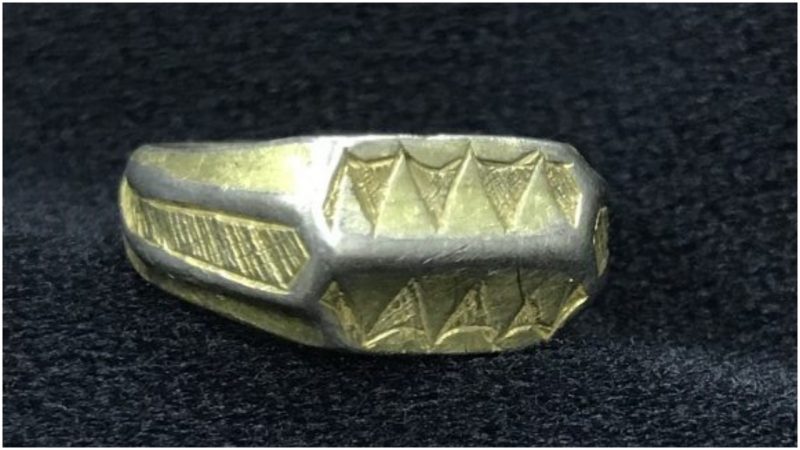A metal detectorist named Gordon Graham unearthed a 600 year old ring on the Isle of Man that has been declared “treasure” by the island’s Coroner of Inquests.
The silver and gilt ring is decorated with geometric patterns and is believed to be from the 15th century. It is now on display at the Manx Museum.
Graham, who is from Edinburgh, said he was inspired to take up metal detecting by the BBC sitcom The Detectorists showing on Netflix.
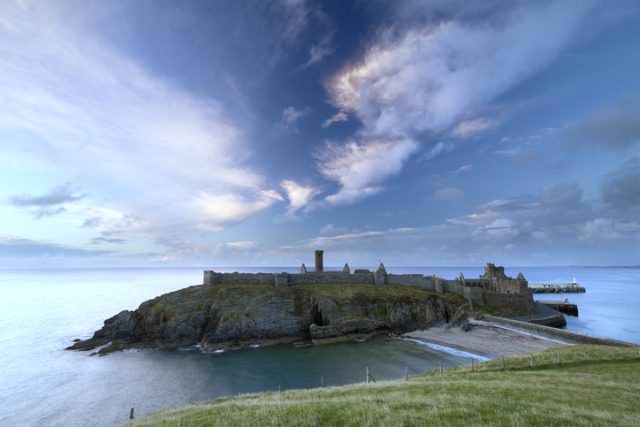
“I really enjoy it,” the 41-year-old told the BBC. “You find a lot of coke cans and bottle tops and sometimes you get lucky and find coins.”
He said he was “delighted” to find the ring in a field earlier this year, and immediately reported his discovery to the landowner and the Manx Museum.
“It was very beautiful,” he told the BBC. “It wasn’t until I got back to the house and put a picture on social media that an expert identified it as a medieval iconographic ring. So that was a game changer, and I informed the landowner and the Manx museum straight away.”
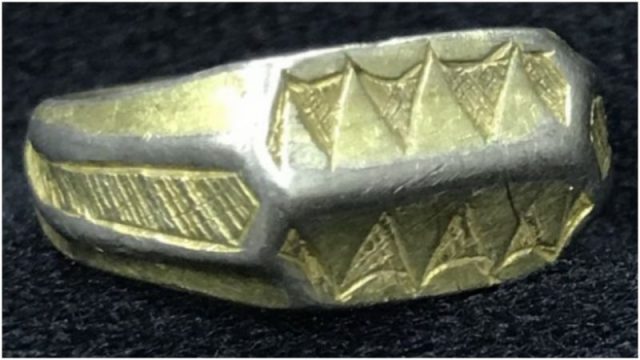
Explaining his goals, Graham said, “I don’t do it to find gold or get rich. I do it to find something I can show to the Manx people and have in the museum. It is a fantastic thing to find.”
Finds of archaeological interest on the island must be reported to Manx National Heritage within two weeks.
Allison Fox, a curator of archaeology at Manx National Heritage, has said the ring may date to the time when the first Manx laws were written, in the 1400s.
The Isle of Man is a self-governing British Crown dependency, located in the Irish Sea between England and Ireland. It is about 30 miles long by 10 miles wide, its main axis being southwest to northeast. It has an area of 221 square miles.
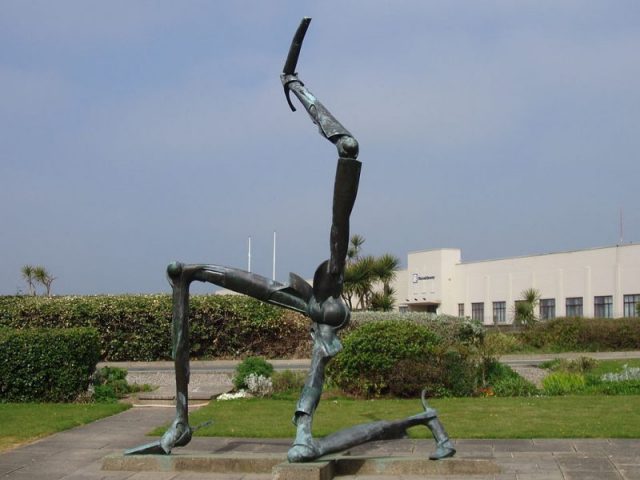
It’s known for its rugged coastline, castles, and rural landscape, rising to a mountainous center. In the capital, Douglas, the Manx Museum traces the island’s Celtic and Viking heritage.
It became the home of Irish missionaries in the centuries following the teaching of St. Patrick. Among its earliest inhabitants were the Celts, and their language, Manx, is closely related to Gaelic, and was in use in the population until the first half of the 19th century. The number of Manx speakers is now negligible.
Viking invasions of the Isle of Man began about 800, and the isle was a dependency of Norway until 1266.
In 1266 the king of Norway sold his suzerainty to Scotland, but the island came under the control of England in 1341. From this time on, the island’s successive lords, who styled themselves “kings of Mann,” were all English.
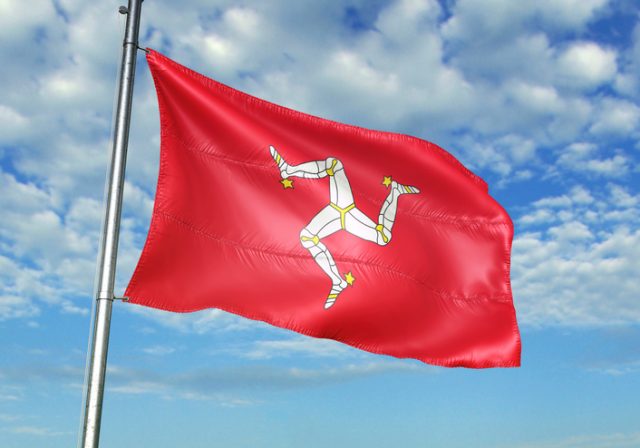
In 1406 the English crown granted the island to Sir John Stanley, and his family ruled it almost uninterruptedly until 1736. (The Stanleys declined to be called “kings” and instead adopted the title “lord of Mann”).
After the island became a smuggling hub, the British Parliament purchased the island in 1765. It has had a form of Home Rule since the 19th century.
Though fishing, agriculture, and smuggling were the sources of income in the past, now offshore financial services, high-technology manufacturing, and tourism are the mainstays of the island’s economy.
There have been some concerns raised about the effect of Brexit on the island.
A no deal Brexit could see the Isle of Man face a shortage of fresh fruit, the Manx government has said, according to the BBC.
In a statement, the chief minister said securing supplies of fuel, medicines, and food to the island have been the focus.
Read another story from us: Ancient Ring Found in Israel may have Belonged to Pontius Pilate
Chief Minister Howard Quayle said he was “confident” the island was “as fully prepared” as it could be. However, he said there may be “shortages” of fresh foods brought from the European Union, including fruit.
